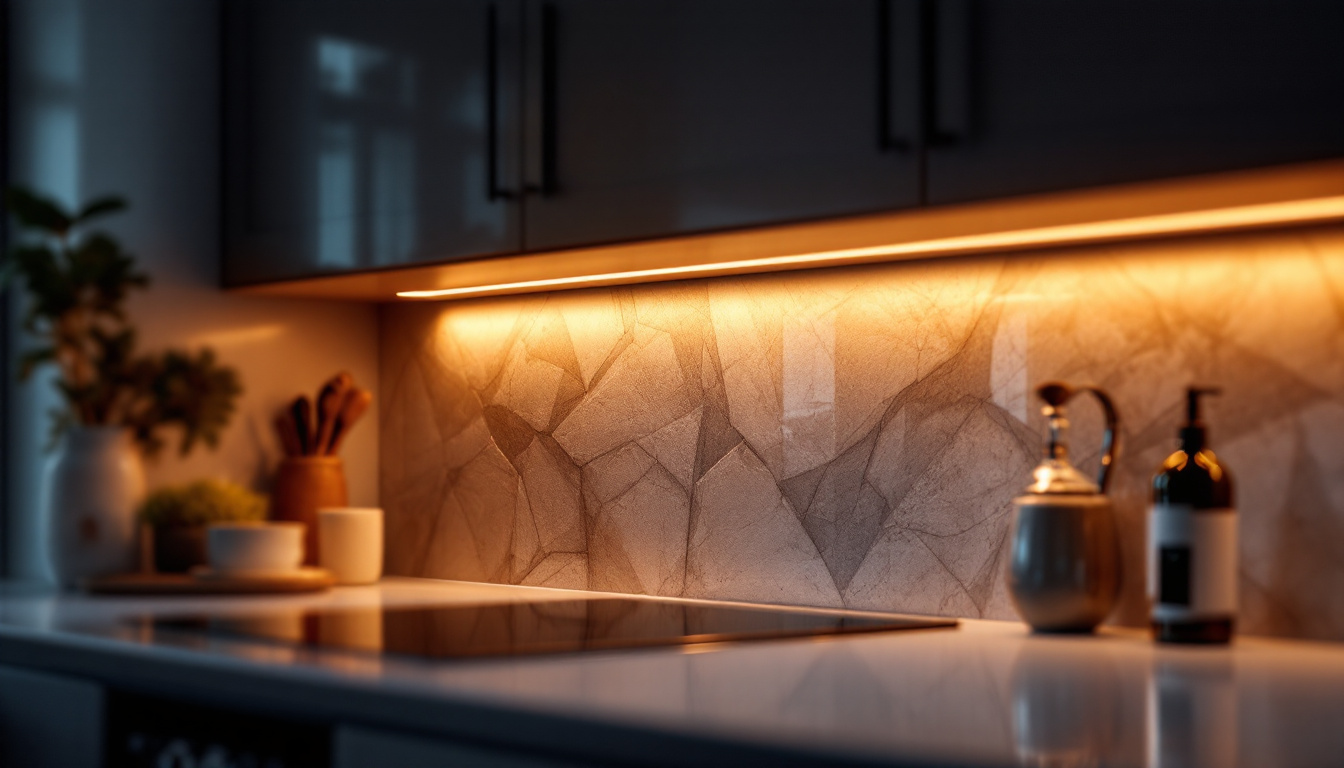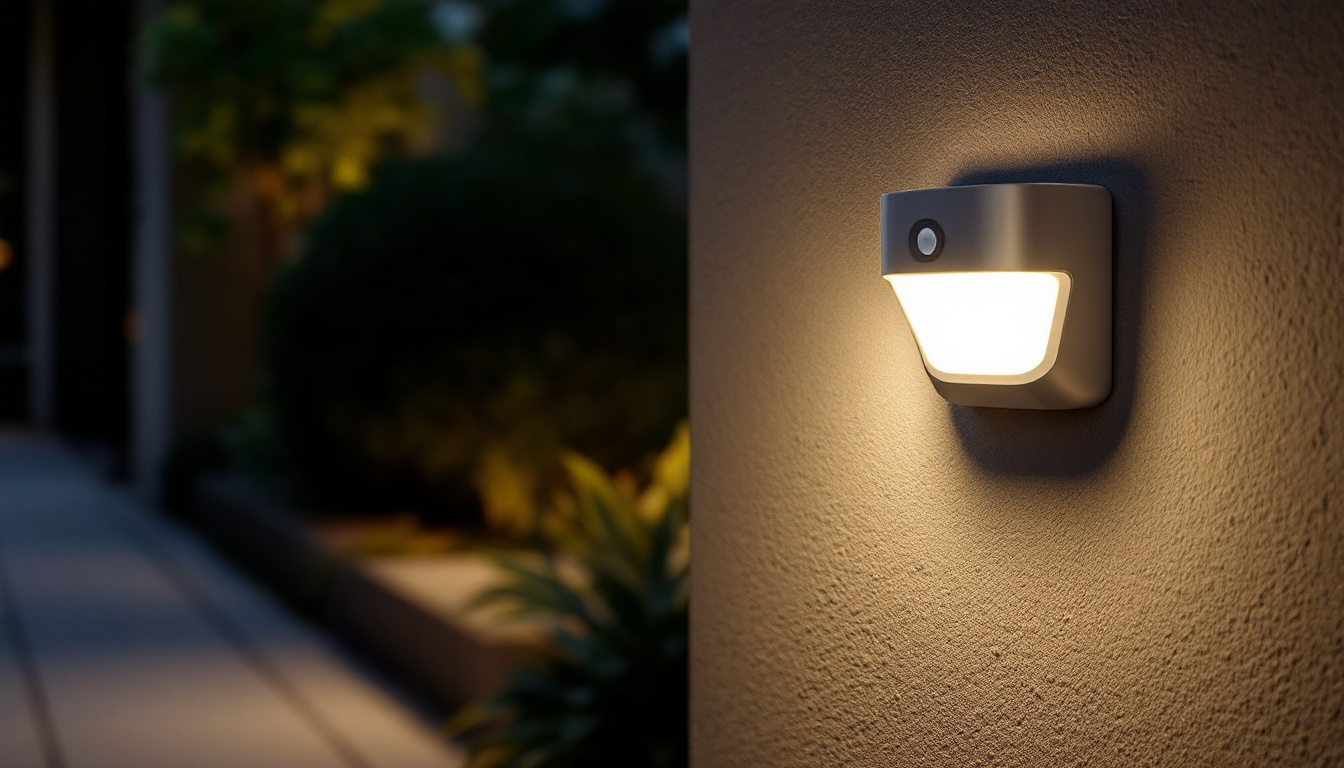
Landscape lighting is an essential aspect of outdoor design that enhances both the aesthetic appeal and functionality of a property. For lighting contractors, understanding the nuances of landscape lighting is crucial to delivering exceptional results that meet client expectations. This article aims to demystify landscape lighting, covering key considerations, design principles, and installation tips that every lighting contractor should know.
Landscape lighting involves the strategic placement of light fixtures to illuminate outdoor spaces. This not only enhances the beauty of gardens, pathways, and architectural elements but also improves safety and security. By creating a well-lit outdoor environment, contractors can significantly increase the usability of a space after dark. Properly designed lighting can transform an ordinary garden into a magical retreat, allowing homeowners to enjoy their outdoor spaces long after sunset. The interplay of light and shadow can create a sense of depth and dimension, making the landscape feel more inviting and dynamic.
There are several primary purposes for landscape lighting. First and foremost, it serves to illuminate pathways and driveways, ensuring safe navigation during nighttime. Additionally, it highlights architectural features and landscaping elements, creating a visually appealing atmosphere. Lastly, landscape lighting can enhance security by deterring potential intruders through increased visibility. Beyond safety and aesthetics, well-planned landscape lighting can also extend the enjoyment of outdoor living spaces, allowing for evening gatherings, barbecues, or simply a quiet night under the stars. The right lighting can set the mood for any occasion, transforming a simple backyard into an enchanting venue.
Understanding the various types of landscape lighting is essential for contractors. Common types include:
In addition to these common types, there are also specialty fixtures designed for specific applications. For instance, underwater lights can be used to illuminate ponds or fountains, creating a stunning visual effect that enhances the tranquility of water features. Moreover, solar-powered lights have gained popularity due to their energy efficiency and ease of installation, making them an excellent choice for eco-conscious homeowners. By incorporating a variety of lighting types and styles, contractors can create a cohesive design that not only meets functional needs but also complements the overall aesthetic of the landscape.
Effective landscape lighting design requires a blend of creativity and technical knowledge. Contractors must consider various factors to achieve a harmonious and functional lighting scheme.
One of the fundamental principles of landscape lighting is layering. This involves combining different types of lighting to create depth and dimension. For instance, using ambient, task, and accent lighting together can enhance the overall atmosphere of an outdoor space. Ambient lighting provides general illumination, task lighting focuses on specific areas, and accent lighting draws attention to particular features. By thoughtfully layering these different types of lighting, designers can create a dynamic environment that shifts in mood and functionality throughout the evening. For example, a soft ambient glow can set a tranquil mood for a garden party, while brighter task lighting can illuminate a dining area for a more festive atmosphere.
Focal points are essential in landscape lighting design. By highlighting specific elements, such as a beautiful tree, a water feature, or a decorative wall, contractors can draw the eye and create interest. Using spotlights or well-placed path lights can effectively emphasize these focal points, adding drama and elegance to the landscape. Additionally, the choice of color temperature in the lighting can further enhance these focal points; warmer tones can create a welcoming and cozy feel, while cooler tones can impart a modern and sleek aesthetic. The strategic use of shadows and light can also add a layer of intrigue, making the landscape feel more alive and inviting as the sun sets.
When designing a landscape lighting scheme, scale and proportion must be taken into account. The size of the fixtures should be appropriate for the surrounding elements. For example, large fixtures may overwhelm a small garden, while tiny lights may get lost in a vast landscape. Striking the right balance ensures that the lighting enhances the space without dominating it. Furthermore, the height at which lights are installed plays a critical role in how they interact with the landscape. Low-voltage fixtures can create a subtle glow that highlights pathways without being intrusive, while taller fixtures can cast light over larger areas, ensuring that safety and visibility are maintained. This careful consideration of scale not only contributes to the aesthetic appeal but also to the functionality of the outdoor space, ensuring it can be enjoyed safely and comfortably at night.
Once the design is finalized, the installation process begins. Proper installation is crucial for both the functionality and longevity of landscape lighting systems.
Before installation, planning the layout is essential. Contractors should walk the property with the client to discuss lighting goals and preferences. Marking the locations of fixtures on a plan can help visualize the final outcome. It’s also important to consider the power source and wiring needs during this phase.
Selecting the appropriate fixtures is vital for achieving the desired effect. Contractors should consider factors such as the fixture’s brightness, color temperature, and durability. LED fixtures are increasingly popular due to their energy efficiency and long lifespan. Additionally, selecting fixtures with appropriate IP ratings ensures they can withstand outdoor conditions.
Proper wiring is critical for the safety and efficiency of the lighting system. Contractors should use low-voltage wiring for landscape lighting, as it reduces the risk of electrical shock and allows for easier installation. It’s also essential to ensure that the power source can handle the total wattage of the fixtures being installed.
In today’s environmentally conscious world, energy efficiency is a significant consideration for landscape lighting. Contractors should be well-versed in energy-efficient practices and products.
LED technology has revolutionized the landscape lighting industry. These fixtures consume significantly less energy than traditional incandescent bulbs and have a much longer lifespan. By incorporating LEDs into designs, contractors can help clients reduce their energy bills while minimizing environmental impact.
Smart lighting solutions allow for greater control over outdoor lighting. Features such as timers, dimmers, and remote controls enable homeowners to customize their lighting based on their needs. Contractors should be familiar with various smart lighting systems and how to integrate them into landscape designs effectively.
Once the landscape lighting system is installed, ongoing maintenance is necessary to ensure optimal performance. Contractors should educate clients on how to care for their lighting systems and troubleshoot common issues.
Regular inspections of the lighting system can help identify potential issues before they become significant problems. Contractors should recommend clients check for burnt-out bulbs, damaged fixtures, and any debris that may obstruct light. Keeping the lights clean and well-maintained ensures longevity and performance.
Contractors should be prepared to troubleshoot common landscape lighting issues. For instance, if a fixture is not working, it could be due to a blown bulb, a loose connection, or a problem with the transformer. Understanding these common issues enables contractors to provide efficient solutions and maintain client satisfaction.
Effective communication with clients is vital throughout the landscape lighting process. Educating clients about their options and the benefits of different lighting techniques can lead to better project outcomes.
Contractors should set realistic expectations with clients regarding the outcomes of their landscape lighting projects. Discussing the limitations of lighting, such as the inability to illuminate every corner of a large yard, can help manage client expectations. Clear communication fosters trust and satisfaction.
After the installation is complete, providing ongoing support can enhance client relationships. Offering maintenance services, troubleshooting assistance, and advice on seasonal adjustments can help clients feel valued and ensure their landscape lighting remains effective.
Staying updated on current trends in landscape lighting can give contractors a competitive edge. Understanding what clients desire can inform design choices and installation techniques.
A growing trend in landscape lighting is the mimicry of natural light. This involves using fixtures that produce a warm, soft glow similar to that of the moon or stars. Such lighting creates a serene atmosphere, enhancing the beauty of outdoor spaces without overwhelming them.
Another trend is integrating lighting with landscaping elements. For example, using fixtures that blend seamlessly with plants or hardscapes can create a cohesive look. This approach not only enhances aesthetics but also emphasizes the natural beauty of the landscape.
Landscape lighting is a multifaceted discipline that requires a deep understanding of design principles, installation techniques, and client communication. By mastering these elements, lighting contractors can create stunning outdoor environments that enhance both beauty and functionality. As trends evolve and technology advances, staying informed and adaptable will be key to success in the landscape lighting industry.
Ready to elevate your landscape lighting designs with the finest selection of spec-grade lighting products? Look no further than LumenWholesale, where we provide contractors with exceptional quality at wholesale prices. Say goodbye to local distributor markups and hello to a vast array of reliable, high-performance lighting options. With free shipping on bulk orders, you can ensure your projects shine without breaking the bank. Don’t compromise on quality or value; discover wholesale lighting at the best value today and bring your outdoor lighting visions to life with LumenWholesale.

Discover the ultimate guide for lighting contractors on under cupboard LED strip lights.

Discover the ultimate guide for lighting contractors on choosing and installing outdoor solar lights.

Discover how LED paint booth lighting is transforming the industry with real-world success stories from lighting contractors.

Discover the essential role of exterior motion sensor lights in modern lighting installations.